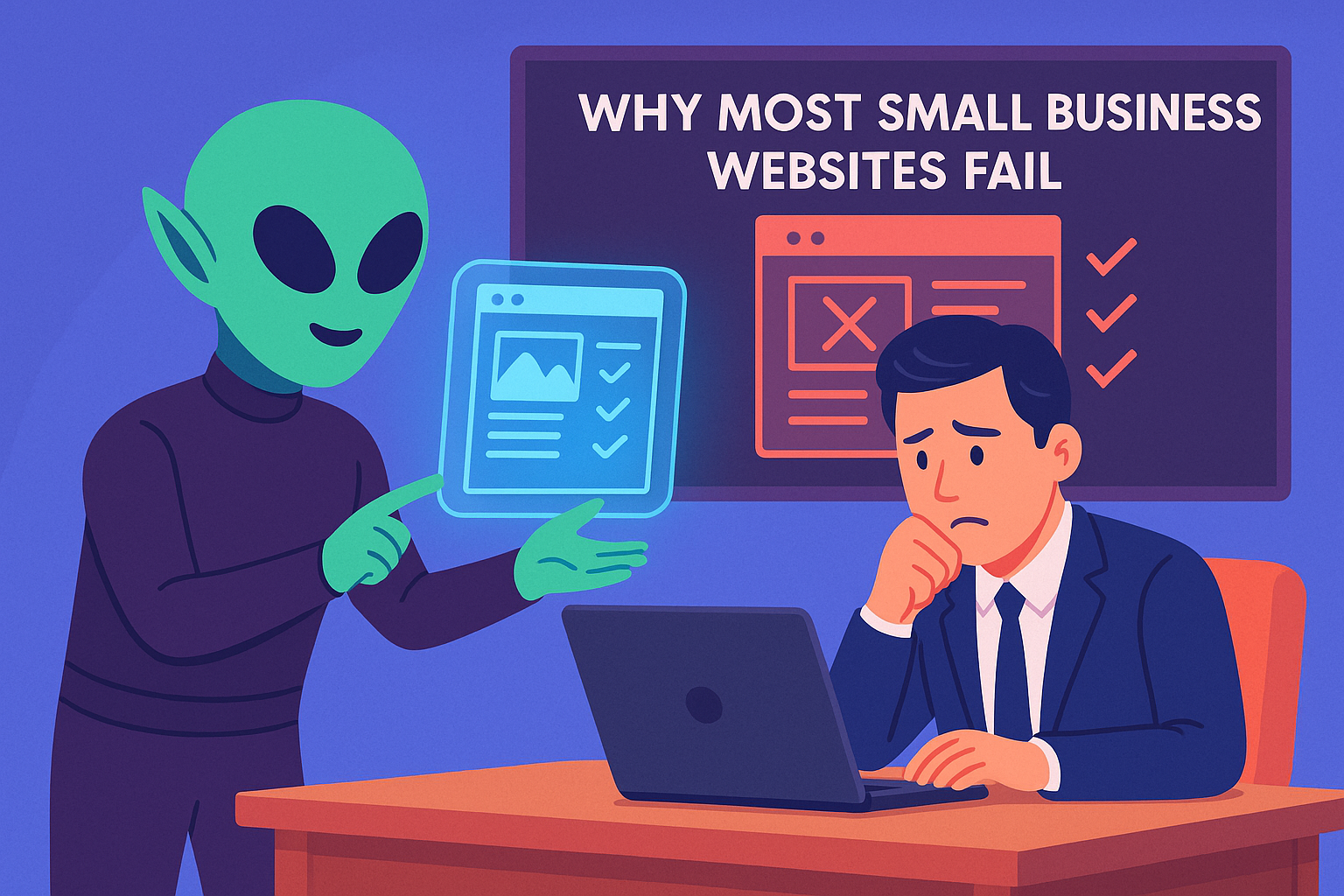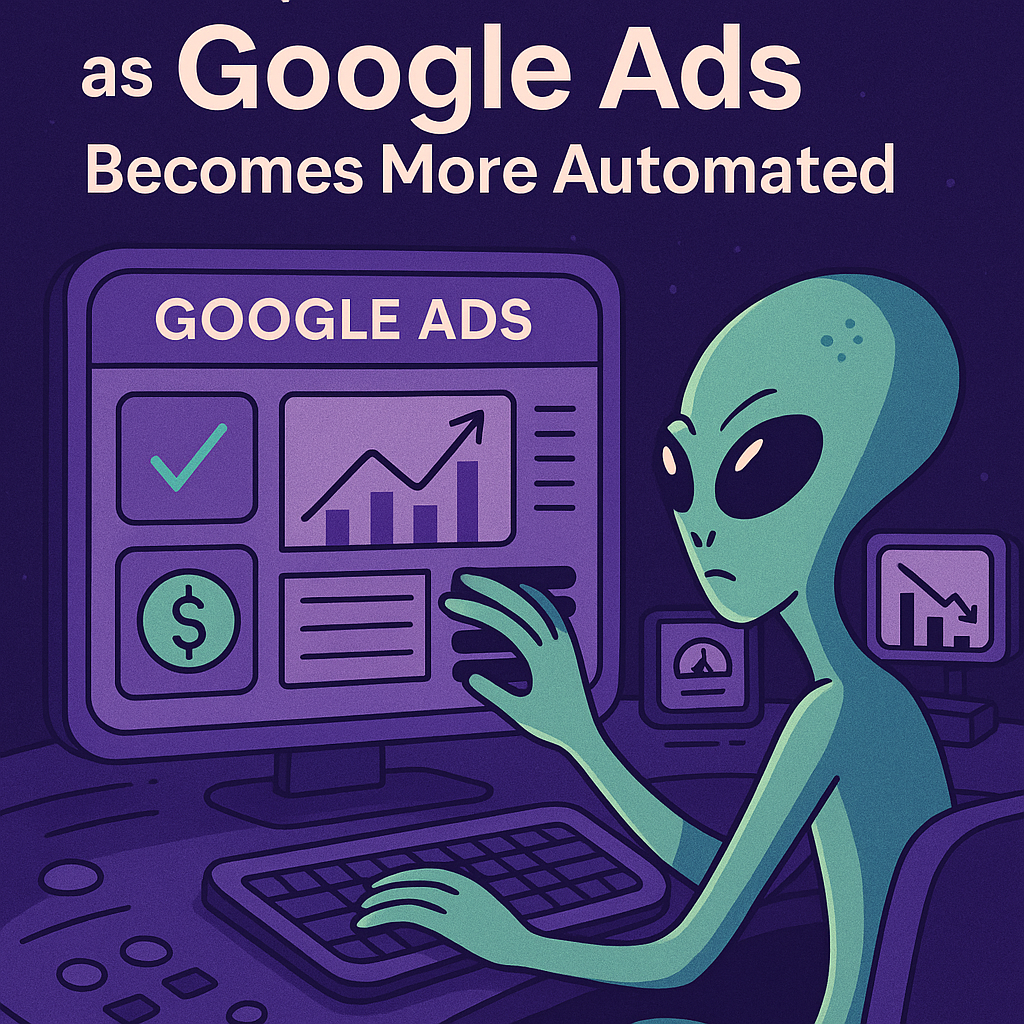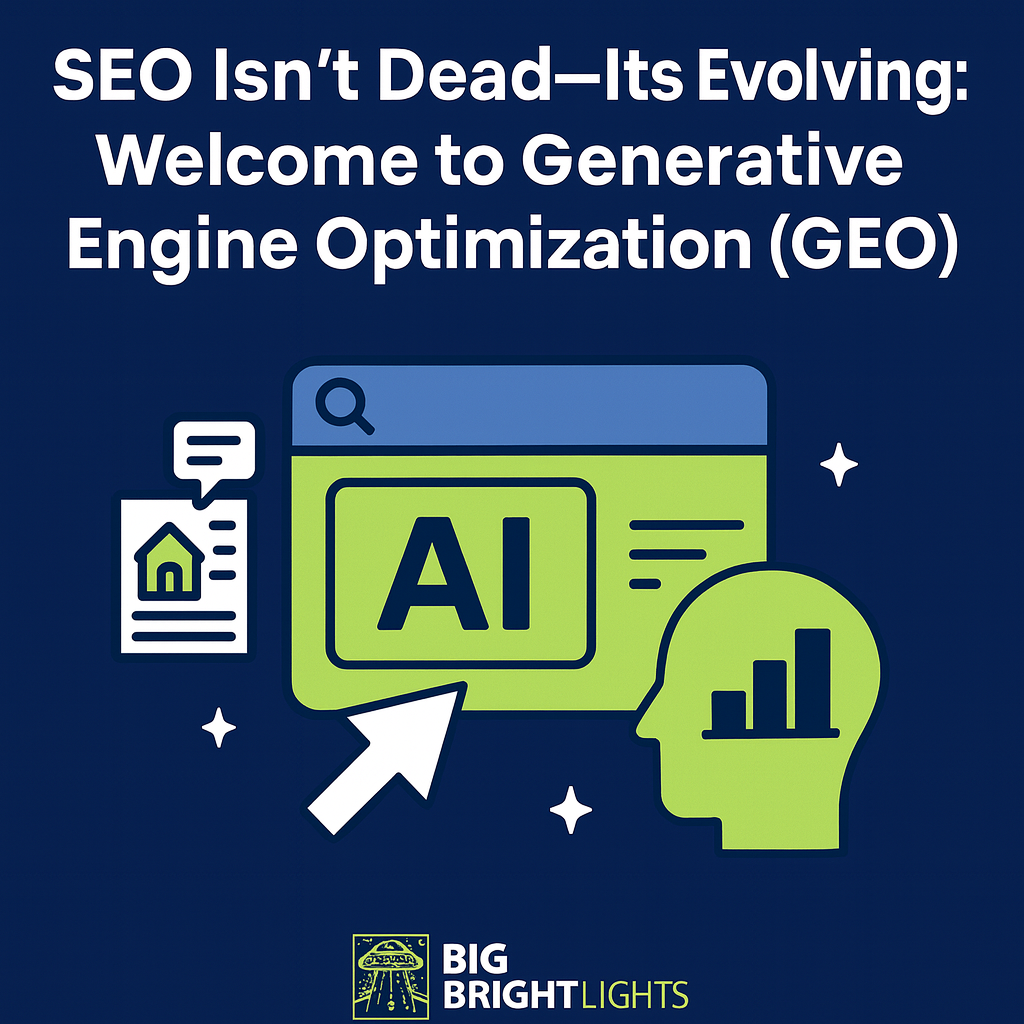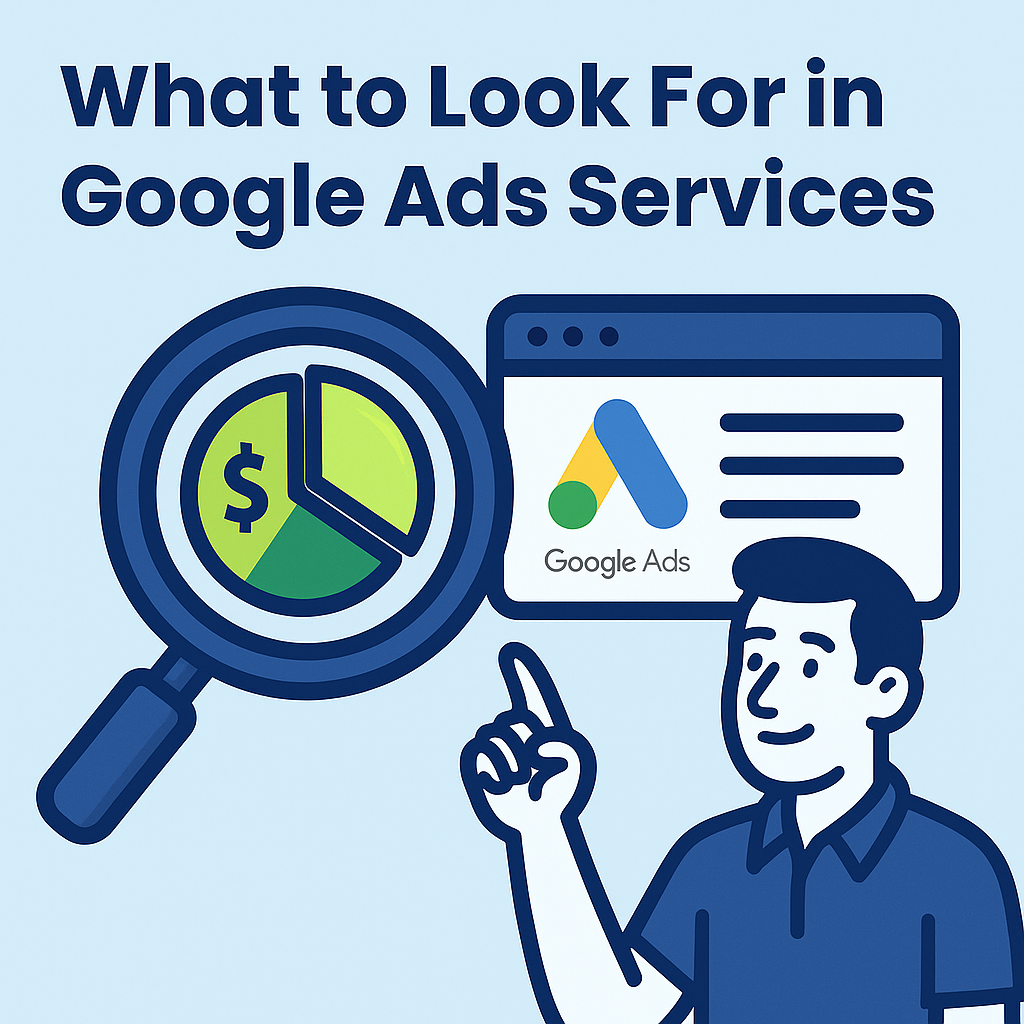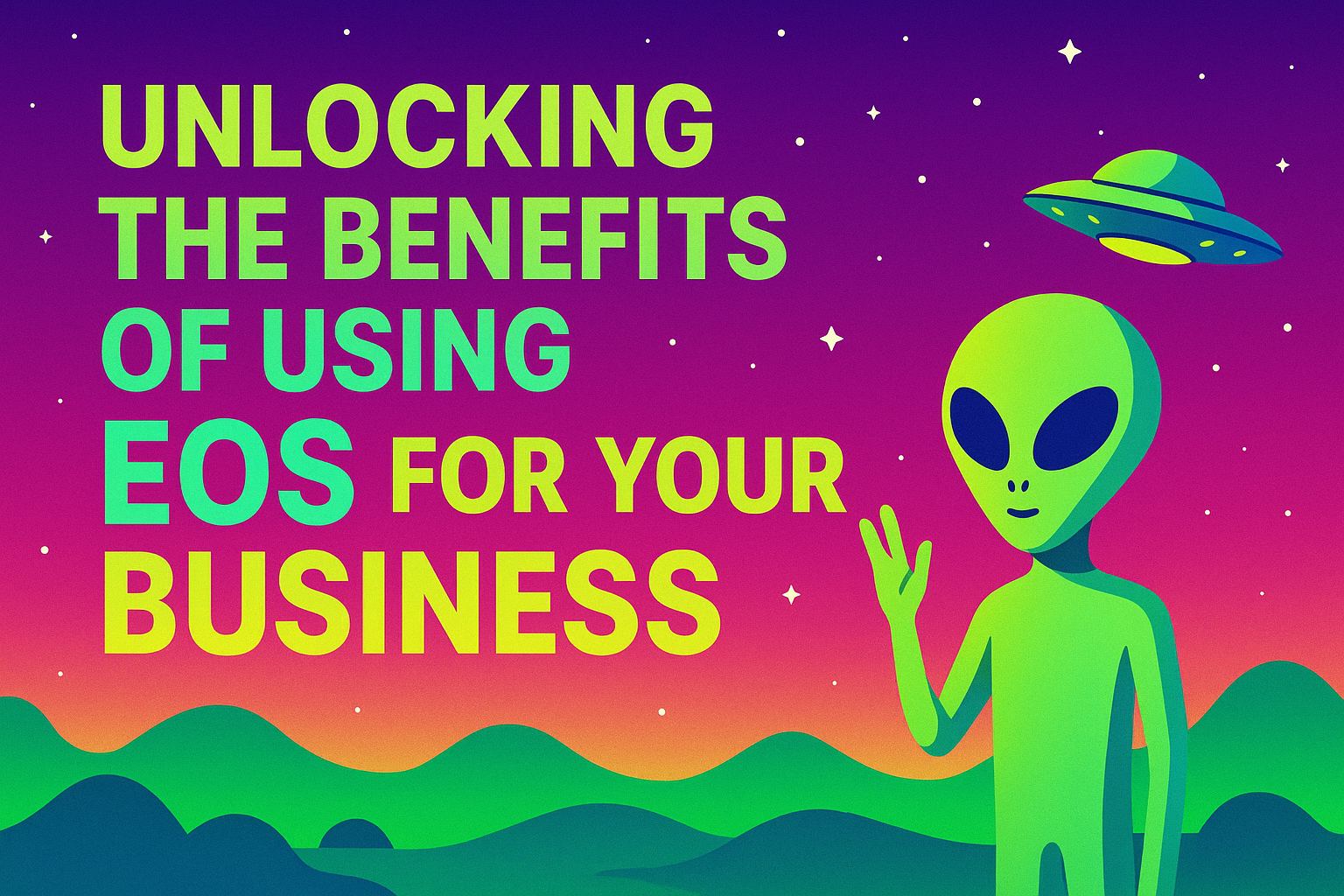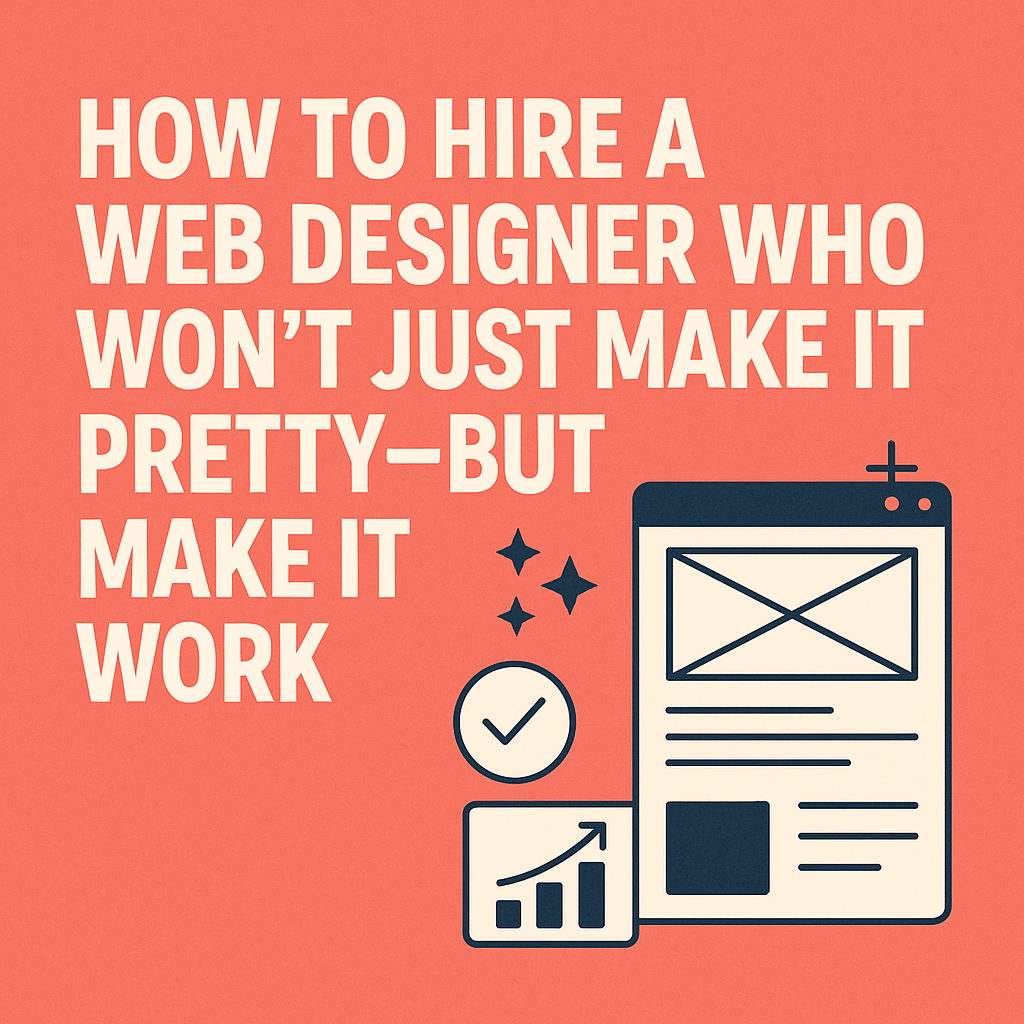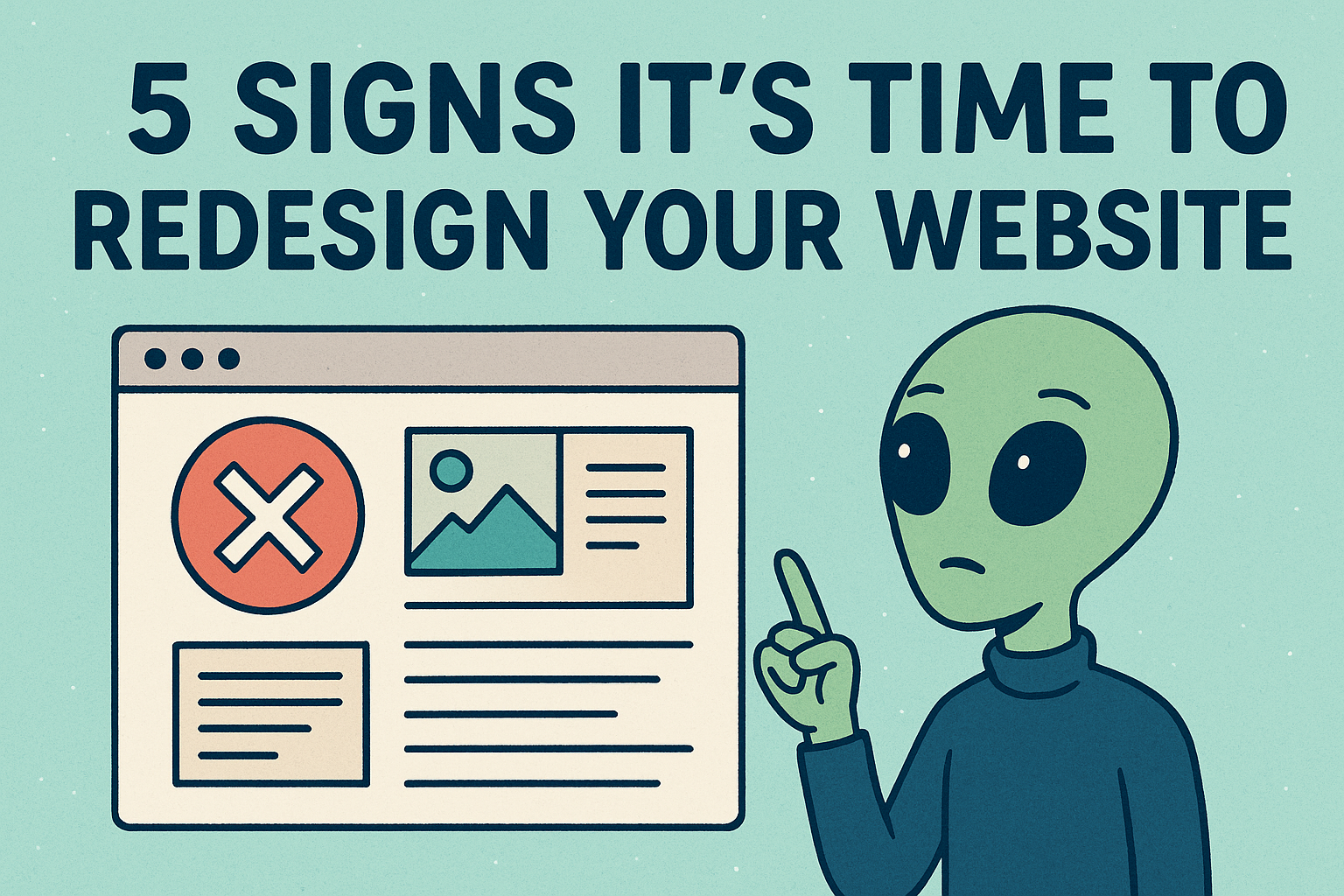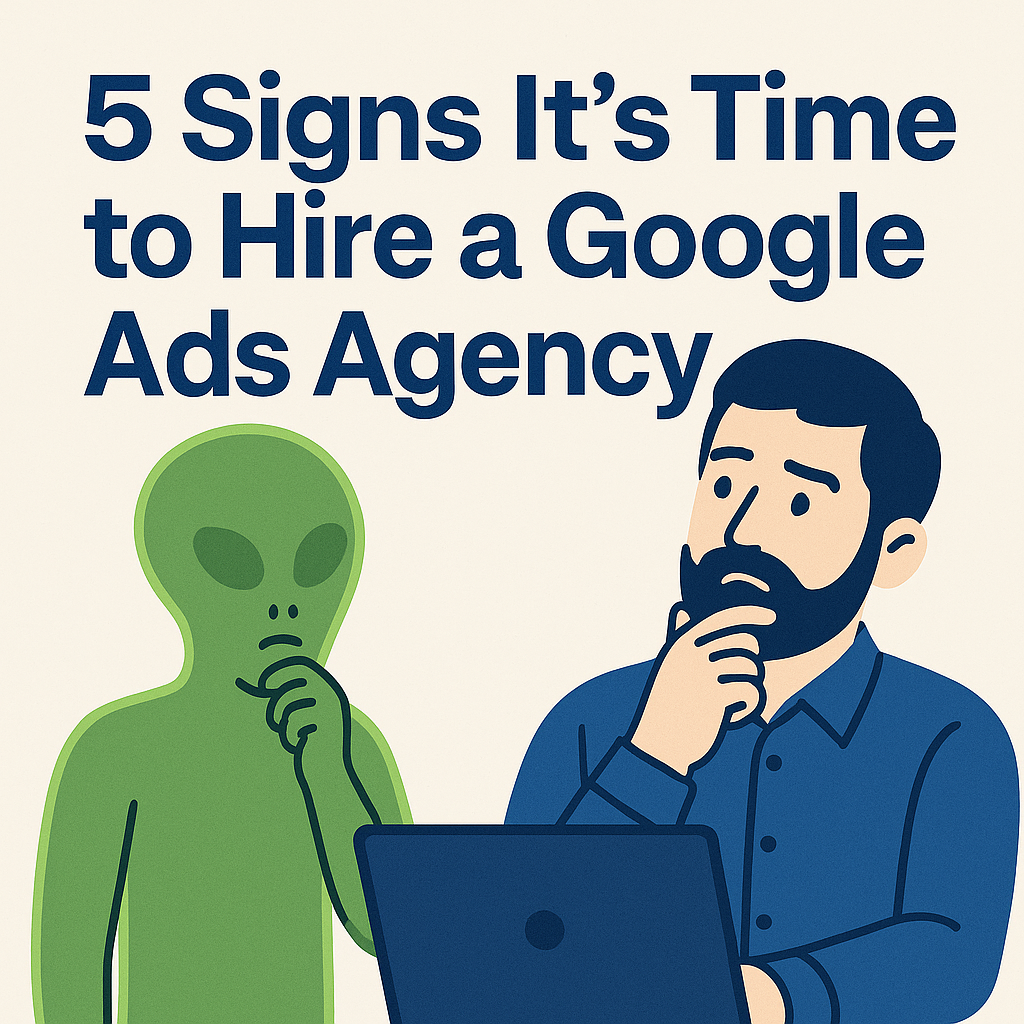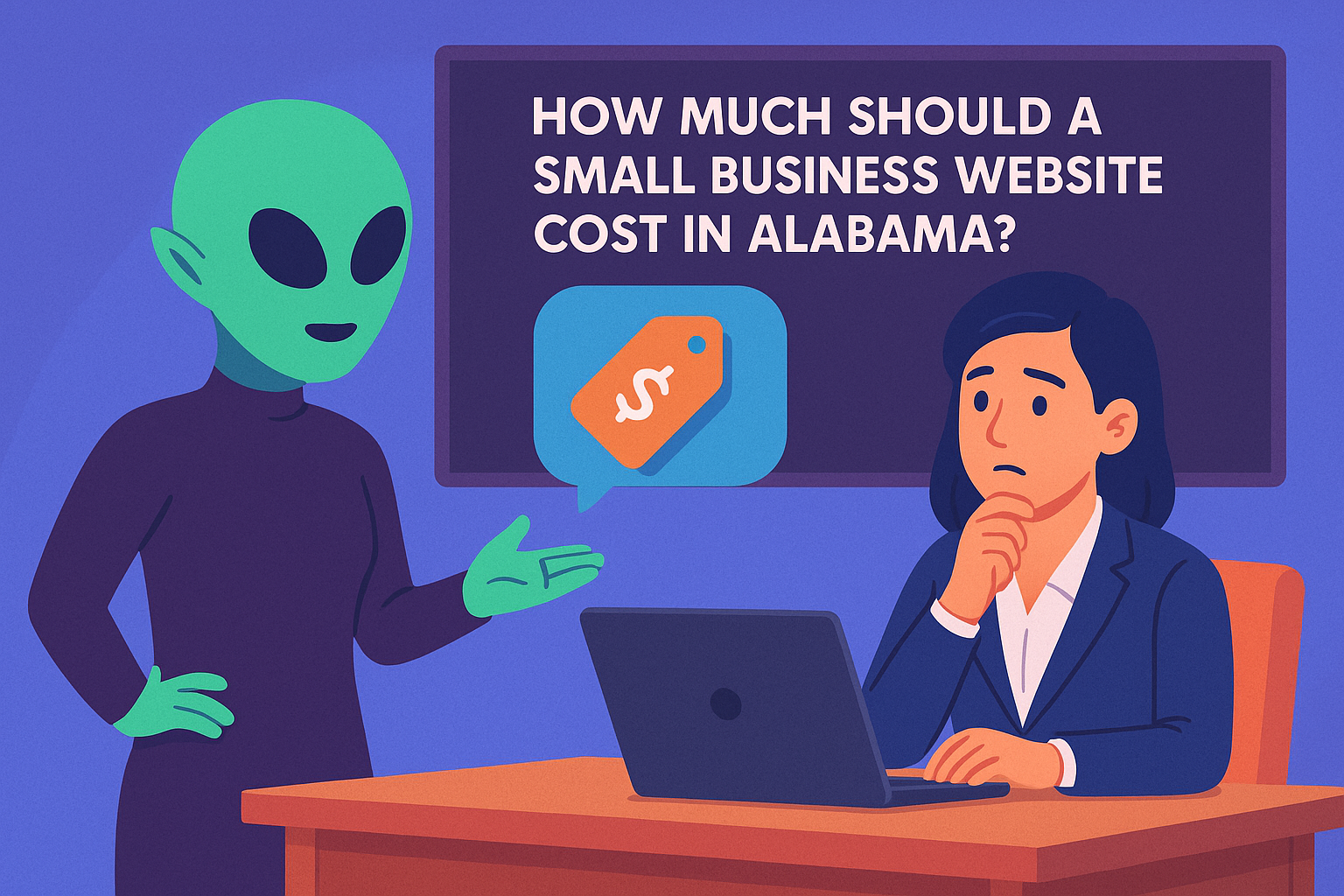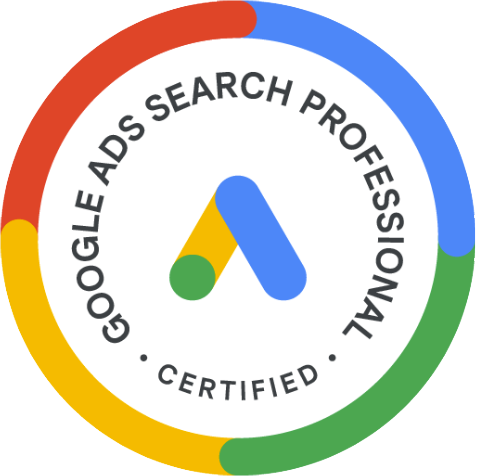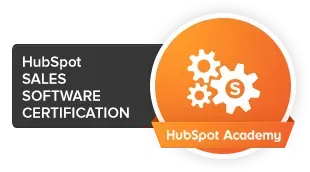How AI Mode Is Changing Google Ads in 2025
How AI Mode Is Changing Google Ads in 2025
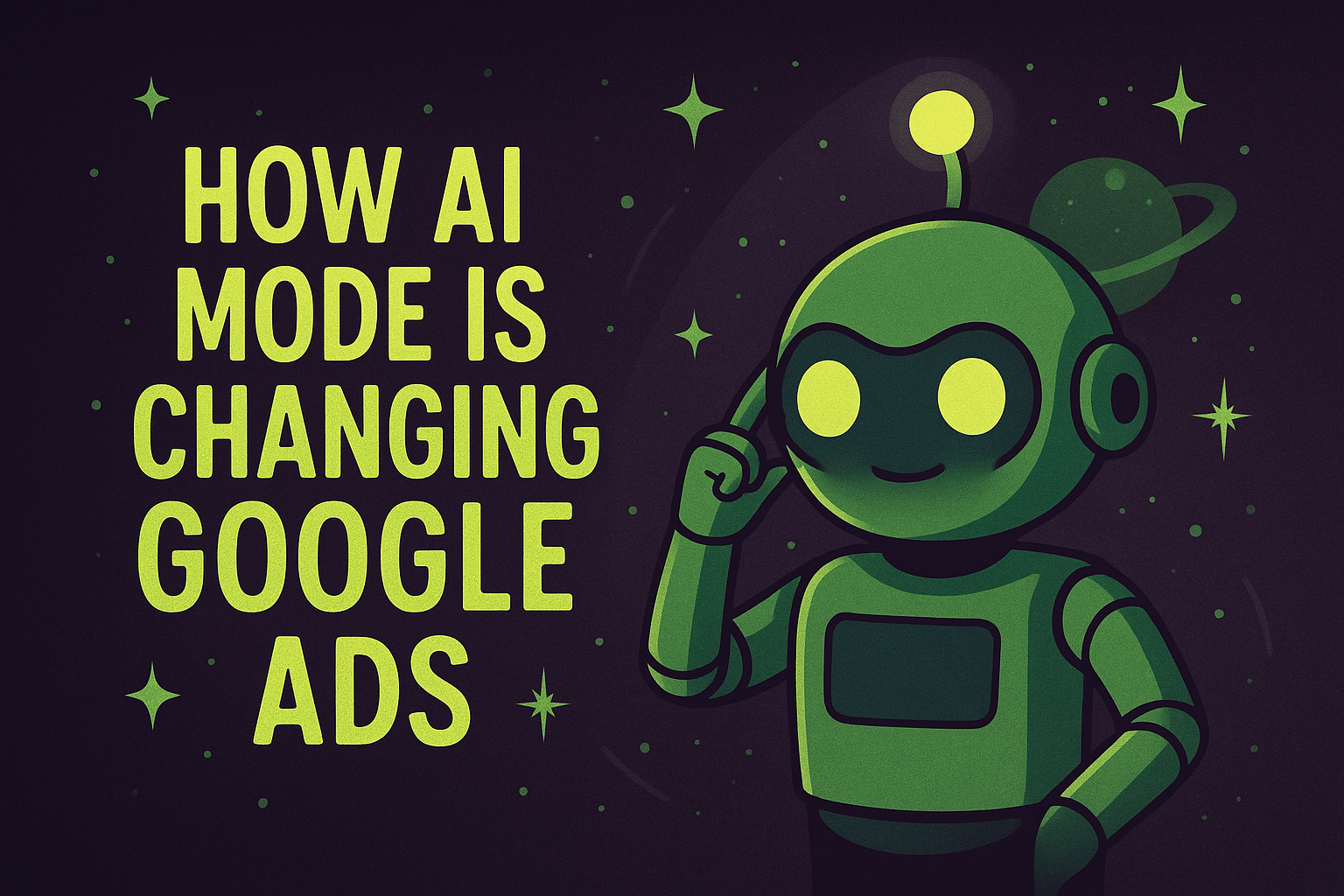
Google Ads has always been a platform in motion, but in 2025 we’ve officially entered the AI mode era. Machine learning isn’t just a background tool anymore — it’s front and center, shaping everything from campaign creation to performance optimization.
For advertisers, this shift is both exciting and challenging. AI can unlock efficiency and results we couldn’t achieve manually, but it also changes how we approach strategy, measurement, and control.
Let’s break down how AI mode is impacting Google Ads — and what it means for your business.
1. Campaign Types Are More Automated
Google’s latest campaign types (Performance Max, Demand Gen, and AI-powered Search campaigns) rely heavily on machine learning. Instead of manually picking every keyword and placement, advertisers feed Google creative assets, audience signals, and conversion goals — and the AI does the heavy lifting.
Impact:
- Faster campaign launches.
- Broader reach across multiple networks (Search, Display, YouTube, Discover).
- Less hands-on control, more trust in the algorithm.
👉 The key is feeding the AI quality inputs: strong creative, accurate conversion tracking, and clear business goals.
2. Smart Bidding Is Now the Standard
Manual CPC bidding is all but extinct. Google’s AI-powered Smart Bidding strategies — like Target CPA, Target ROAS, and Maximize Conversions — now dominate.
Impact:
- Advertisers can scale campaigns faster with less time spent tweaking bids.
- AI adjusts bids in real-time based on hundreds of signals (device, location, time of day, audience behavior).
- But… if your conversion tracking is broken, Smart Bidding won’t optimize correctly.
👉 Accurate conversion setup is more important than ever. (See my other post on how to set up conversions using GTM and GA4!)
3. Creative Is Becoming More Dynamic
Generative AI tools are now baked into Google Ads, creating headlines, descriptions, and even images based on your landing pages.
Impact:
- Small businesses can launch campaigns with less creative effort.
- Advertisers can test multiple variations instantly.
- Risk of generic or off-brand messaging if you don’t refine AI-generated copy.
👉 Think of AI as your co-pilot. It’s best when paired with human oversight and strategic copywriting.
4. Audience Targeting Is Smarter (and Broader)
Instead of hyper-specific keyword targeting, AI is increasingly leaning into audience intent. Broad match keywords combined with Smart Bidding allow AI to reach people you might not have thought to target — as long as they’re likely to convert.
Impact:
- Broader reach can uncover new opportunities.
- Campaigns rely less on granular keyword lists and more on Google’s prediction engine.
- Requires trust — you’ll see more “unexpected” search terms in your reports.
👉 Use negative keywords and conversion-based optimization to keep AI focused on qualified leads.
5. Reporting & Transparency Are Changing
As AI takes over, Google is showing fewer details in reports (like exact search terms). Advertisers now have to rely more on performance outcomes and less on micro-level control.
Impact:
- Marketers must focus on business metrics (leads, sales, ROI) over vanity metrics.
- Agencies and businesses alike must adapt reporting frameworks.
👉 Live dashboards and custom GA4 reports can help fill in the gaps.
Final Thoughts: Friend or Foe?
AI mode in Google Ads isn’t going away — it’s the future of the platform. The businesses that thrive will be the ones that:
- Feed AI high-quality data (conversion tracking, offline conversions, CRM integrations).
- Pair machine efficiency with human creativity and strategy.
- Stay flexible and adapt as automation continues to evolve.
AI isn’t replacing smart advertisers — it’s amplifying them. If you learn to work with it instead of against it, you’ll be ahead of the competition.
